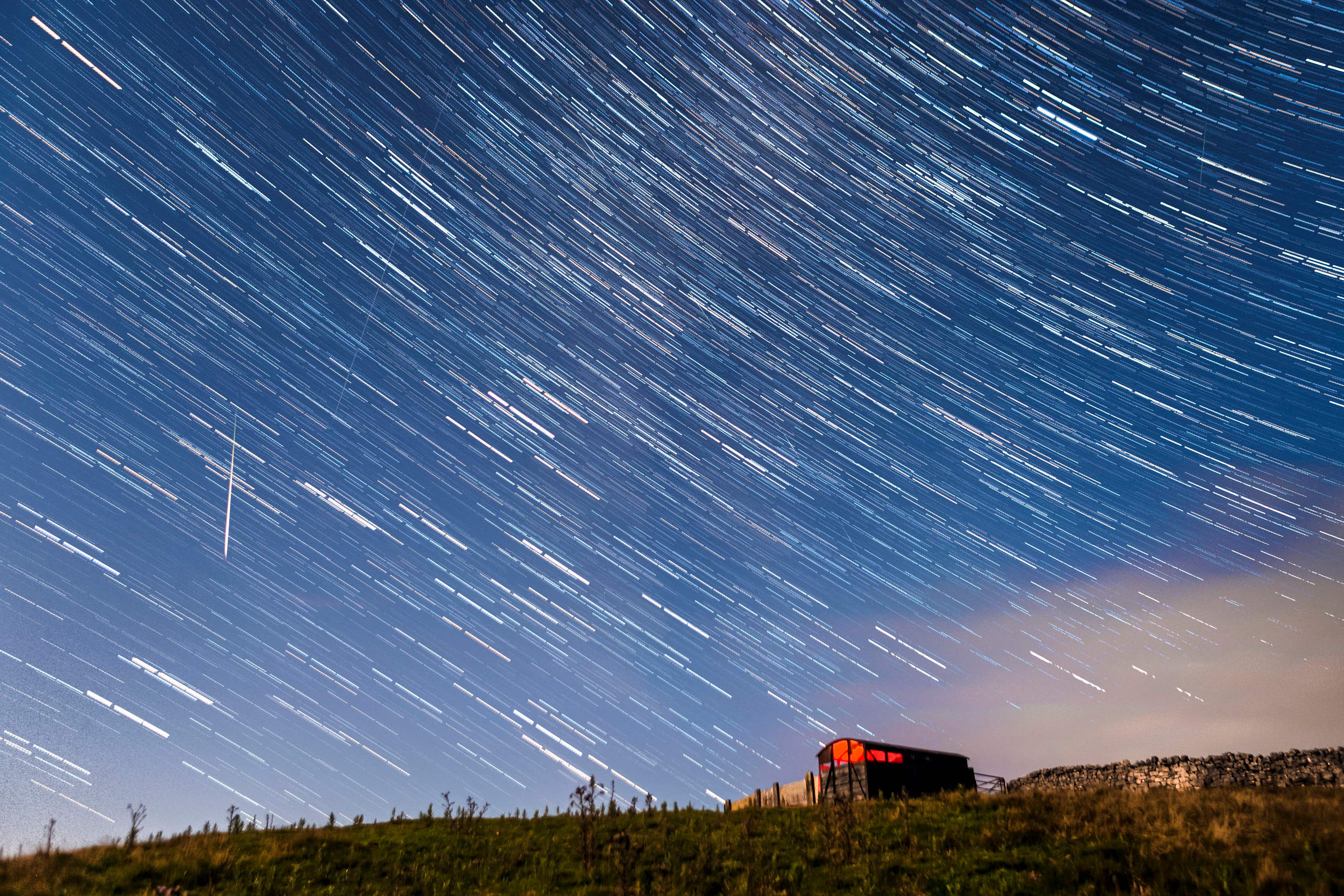How to see the Geminid meteor shower illuminate night skies
Up to 150 meteors will be visible per hour

Night-time sky-watchers can look forward to a celestial display of shooting stars on Wednesday night, as the Earth passes through a cloud of cometary dust.
The Geminid meteor shower, which returns every December, is expected to peak some time during the night of December 14 and will be visible until the early morning of December 15.
Up to 150 meteors are expected to be visible per hour, although the bright moon might make it harder to spot them.
Anna Gammon-Ross, astronomer at Royal Observatory in Greenwich, told the PA news agency: “The peak here in the UK will be during the night of December 14-15, when up to 150 meteors will be visible per hour.”
She said the meteors will be visible in the east of the sky from around 6pm – but will appear all around the sky later in the night.
Ms Gammon-Ross added: “Unfortunately, the waning gibbous moon will make it trickier to see the meteors during the peak night this year.
“The gibbous phases are when the near side of the moon is over halfway lit up by the Sun, meaning it will appear very bright in our skies.
“This will make it difficult to see any other celestial objects nearby.”
The Geminids originate from a rocky asteroid called 3200 Phaethon with a comet-like orbit and were first observed in 1862.
The meteors, small pieces of interplanetary debris, appear to radiate from near the bright star Castor in the constellation Gemini.
Friction with the upper atmosphere heats up the incoming debris, causing the air around them to glow brightly.
This leads to streaks of light that are also known as shooting stars.
According to the Royal Observatory in Greenwich, the Geminids are unusual as they can be multi-coloured – mainly white, some yellow and a few green, red and blue.
These colours are partly caused by the presence of traces of metals like sodium and calcium, the same effect that is used to make fireworks colourful, experts at the Royal Observatory said.
The Geminids also have a slower closing speed than many other comets as they enter Earth’s atmosphere at an angle, travelling at about 79,200 miles per hour.
In comparison, the Perseids approach Earth at 133,200mph and the Leonids at 162,000 miles per hour.
Ms Gammon-Ross said the best way to minimise its impact is to look for meteors before the moon rises – at around 10pm in the UK on the peak night.
She added: “For the best chances to spot the Geminids, find a dark area of clear sky and allow around 20 minutes to let your eyes adapt to the dark.
“It may also be advisable to lie down as you may be looking up for a long time.”
The showers will continue to be visible until December 20.



Bookmark popover
Removed from bookmarks